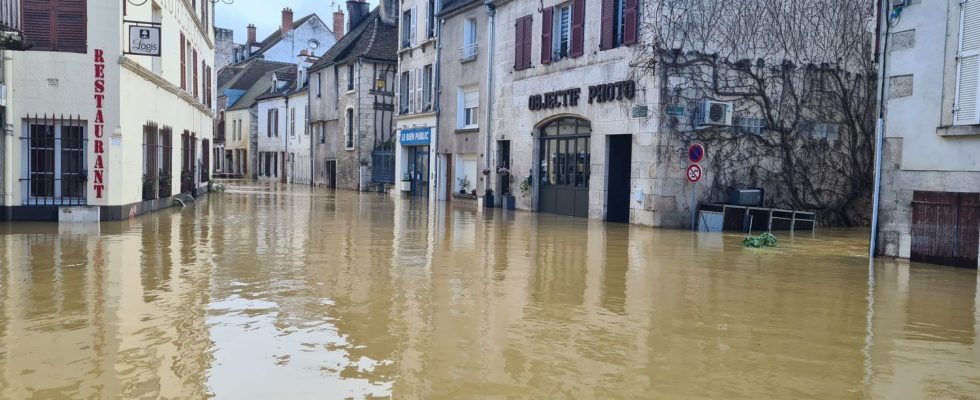Damage linked to droughts, floods, hail and other increasingly violent phenomena is expected to increase by 50% within 25 years. And the cost of reimbursements too.

Published
Reading time: 1 min

The report was eagerly awaited. Former insurer Thierry Langreney submitted his work to the government on Tuesday April 2: 116 pages and around forty recommendations to continue to insure and compensate victims of climate disasters.
Faced with climate change, one goal: save the insurance soldier. It should indeed suffer in the coming years because the cost of droughts will increase by 50% to 200% within 30 years, according to estimates. The cost ofMarine submersions should be multiplied by two, or even ten!
The objective of this report is to absolutely avoid that there are no more insurers at all in the most fragile regions, because the government fears more than anything what it calls “insurance deserts”.
Insurer or insured: who will pay?
Bercy keeps repeating it: no increase in taxes, in this area as elsewhere. But we already know that the additional premium which fuels the natural disaster regime will increase the 1er next January. celThis will represent around 16 additional euros per household, but for rapporteur Thierry Langreney, this will not be enough. He recommends a regular increase in this additional premium, of around 1% each year and also advises increases that target certain policyholders. So, owners of second homes and rental properties would pay more.
According to the mission, we will have to find an additional 1.3 billion euros each year so that this very special regime of natural disaster simply survives.
A system of communicating vessels
However, these proposals will not be sufficient to guarantee compensation for all victims of natural disasters. Hence the idea of organizing communicating vessels between geographical areas: a vast pooling of risks. In highly affected regions, the cost of claims could be reduced for insurers and, conversely, in low-risk areas, an insurer would contribute significantly more.
The report specifies that it is obviously necessary to add preventive measures: owners would be required to carry out certain anti-flooding works or anti-drought, with financial aid. Mbut always, saccording to the government’s promises, in an envelope that barely moves.
